Art of Sindhu-Saraswati Civilization (In 4 Volumes)
Vol-1 : Introduction and Icons Vol-2: Terracotta Art Vol-3: Glyptic Art of Seal and Sealings Vol-4 : Jewellery
This book “Art of Sindhu Saraswati Civilization” is in four parts. First part covers stone, Bronze miniature figurines, part second is on Terracotta Art, Part third is on seals, Part fourth is on Jewellery. This book is pictorial documentation work of rare Art object of Sindhu Saraswati Civilization which are mostly in collection of India. U.K., Bostan (U.S.A.) and Pakistan. The Volume I is on Sindhu- Saraswati Art of stone, copper and miniature figurings. The most beautiful of all the figurines found at Mohenjodaro are two small figurines in of a dancing girl in bronze. The other rare bronze figurines are buffalos from Mohenjodaro and Bull from Kalibangan. This and other figurines of men, women animals, birds and toys were solid cast in bronze by the lost wax or cire Perdue method. There is a finely crafted small buffalo and model of a cart with wheels. There are also bronze mirrors, hairpins and pots and pans. The other huge bronze images of late mature Sindhu-Saraswati period (2000-1900 B.C.) are one chariot and three animals from Daimabad. The Volume II of this book is on Sindhu-Saraswati Terracotta Art. “The terracotta art includes human (male and female), animal and bird figures. This art is not always the handiwork of potters. The contribution of both, common man and the artist is also quite evident. The formative stage (8000-3700 B.C.) the terracotta art begins in North West South Asia at Mehrgarh and Bhirrana during the early Neolithic period 8000-3500 B.C. Crude baked clay terracotta figurines datable between 5000 to 3500 B.C. were reported from Sherikhan Tarakai, Bhirrana and Mehrgarh. The mature Sindhu-Saraswatis first urban stage (3000-1900 B.C.) begins a new era of terracotta art, produced a large variety of terracottas and in great quantities at urban sites like Dholavira, Banawali, Binjor, Rakhigarhi, Khiresara, Baror, Bhirrana, Lothal, Chanhudaro, Kalibangan, Nausharo, Nagwada, Harappa and Mohenjodaro.
Get it now and save 10%
BECOME A MEMBER

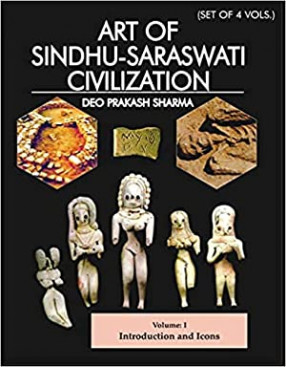
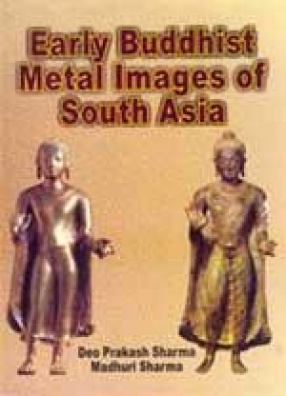
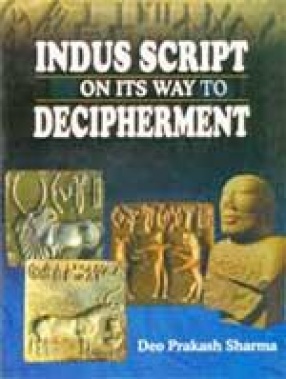
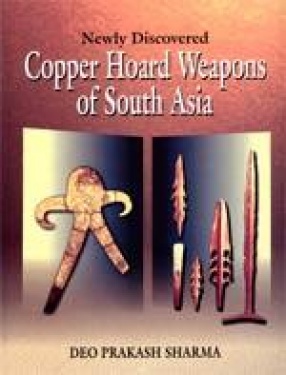
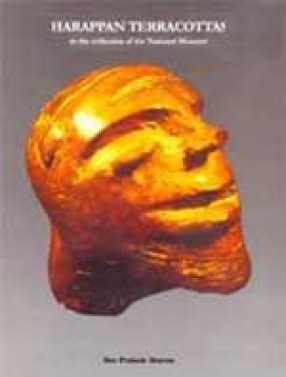

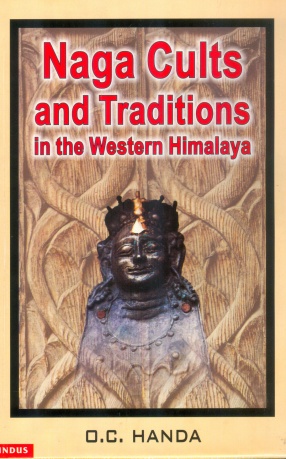
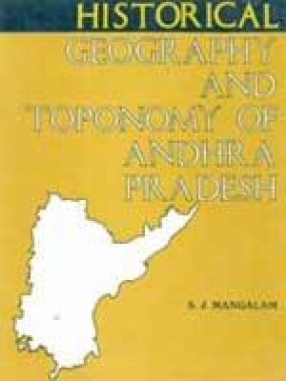
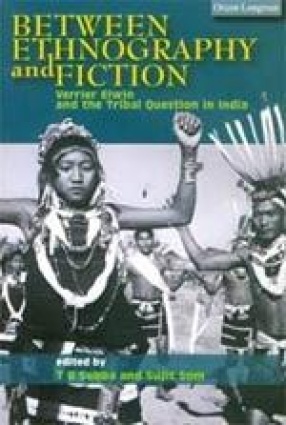

Bibliographic information